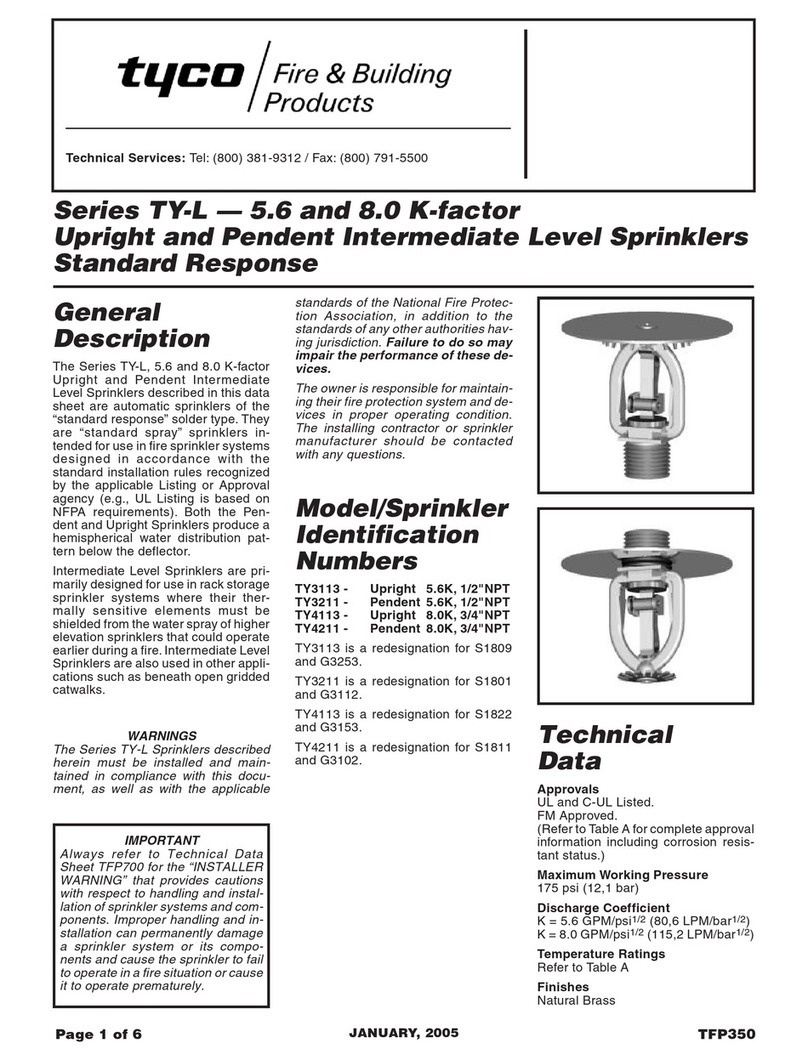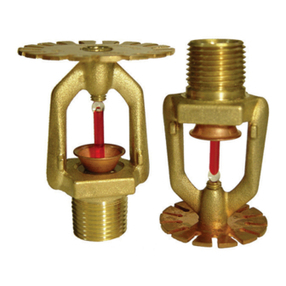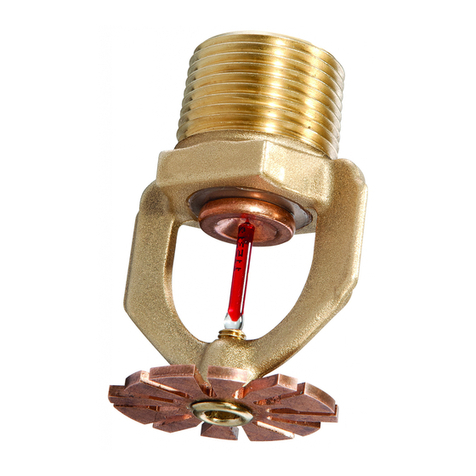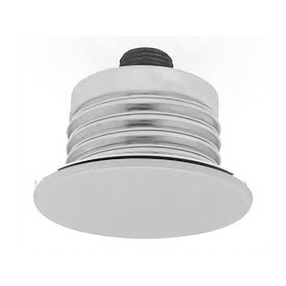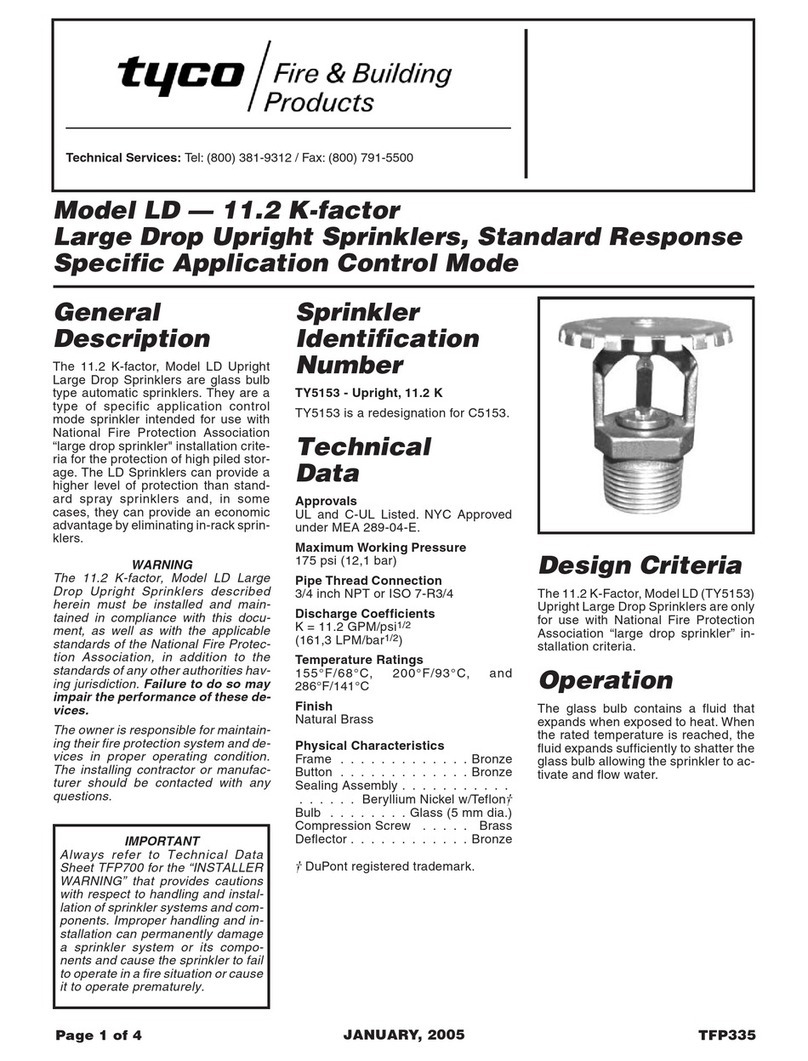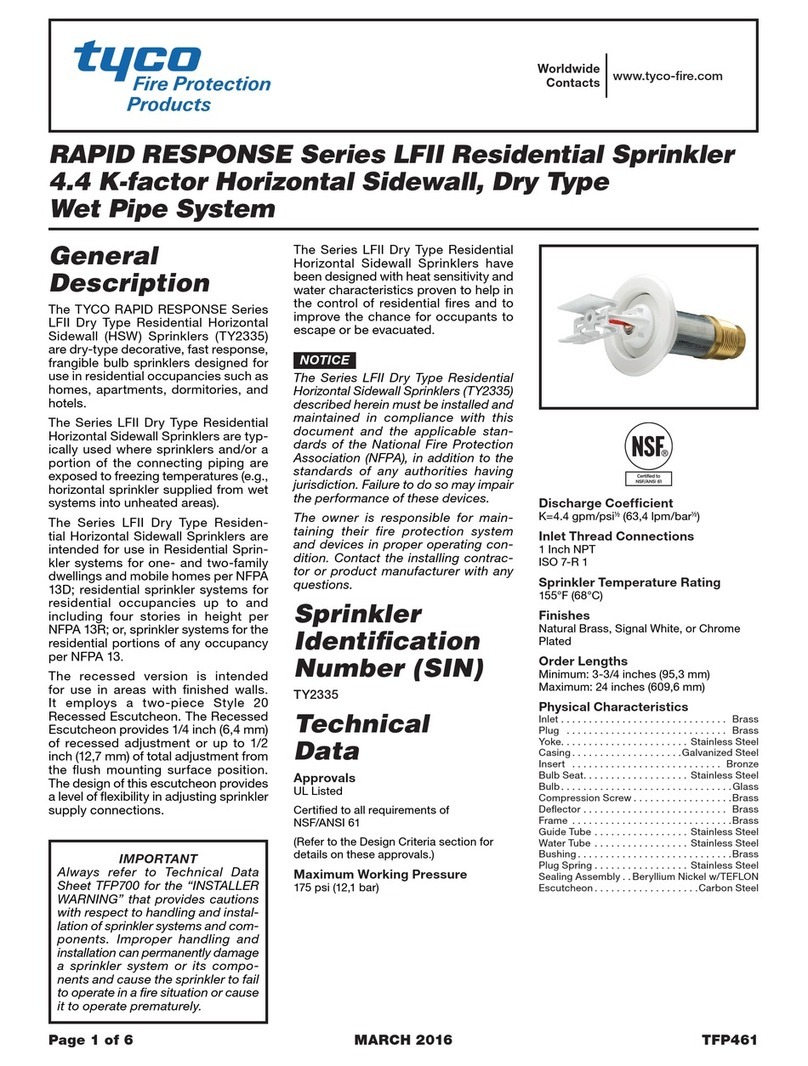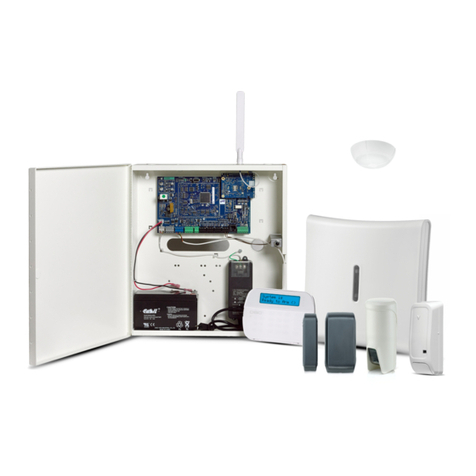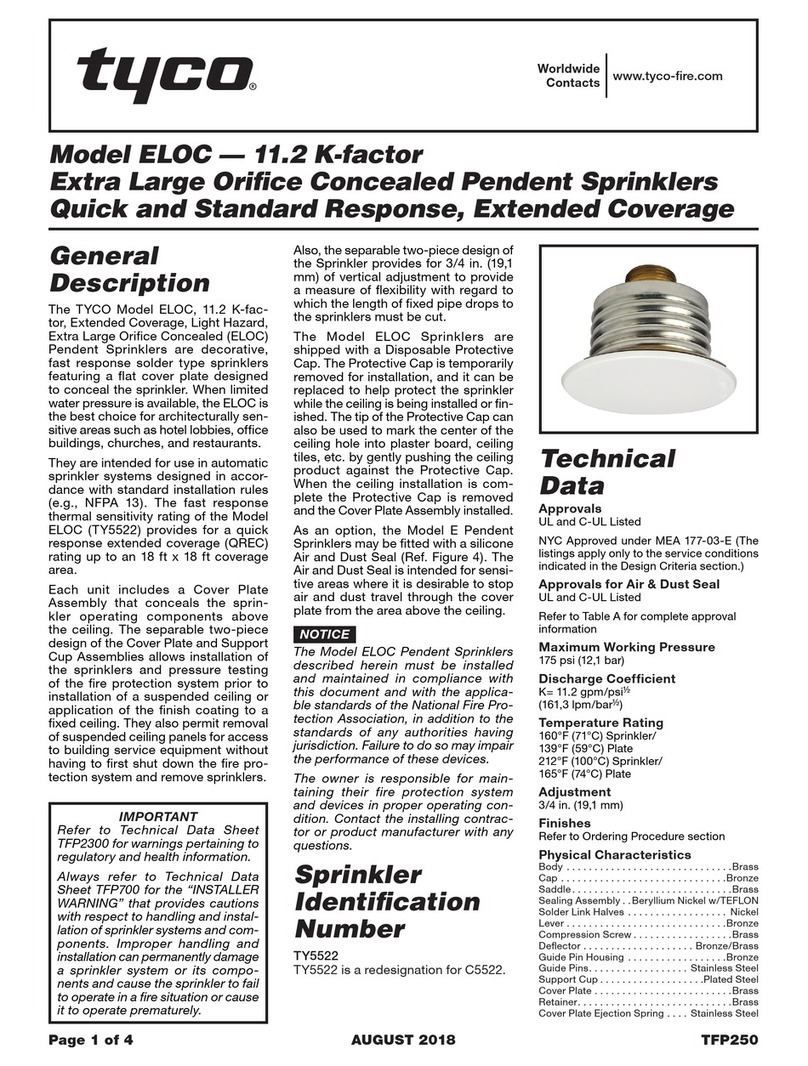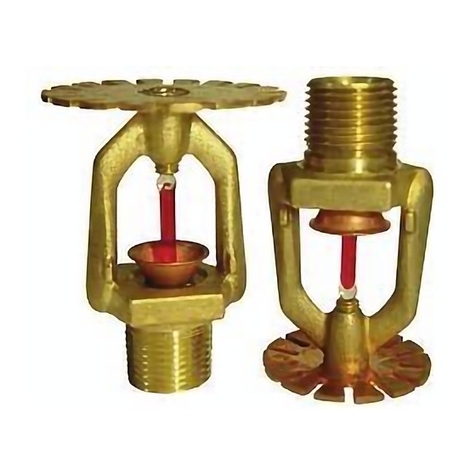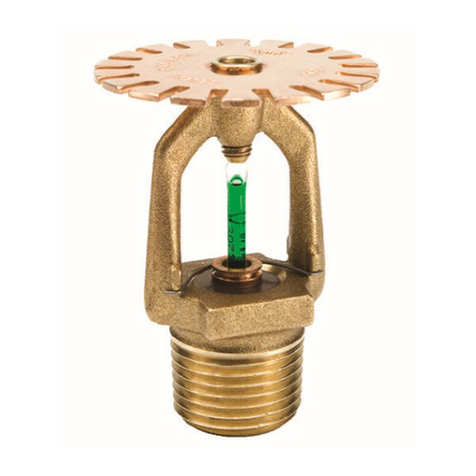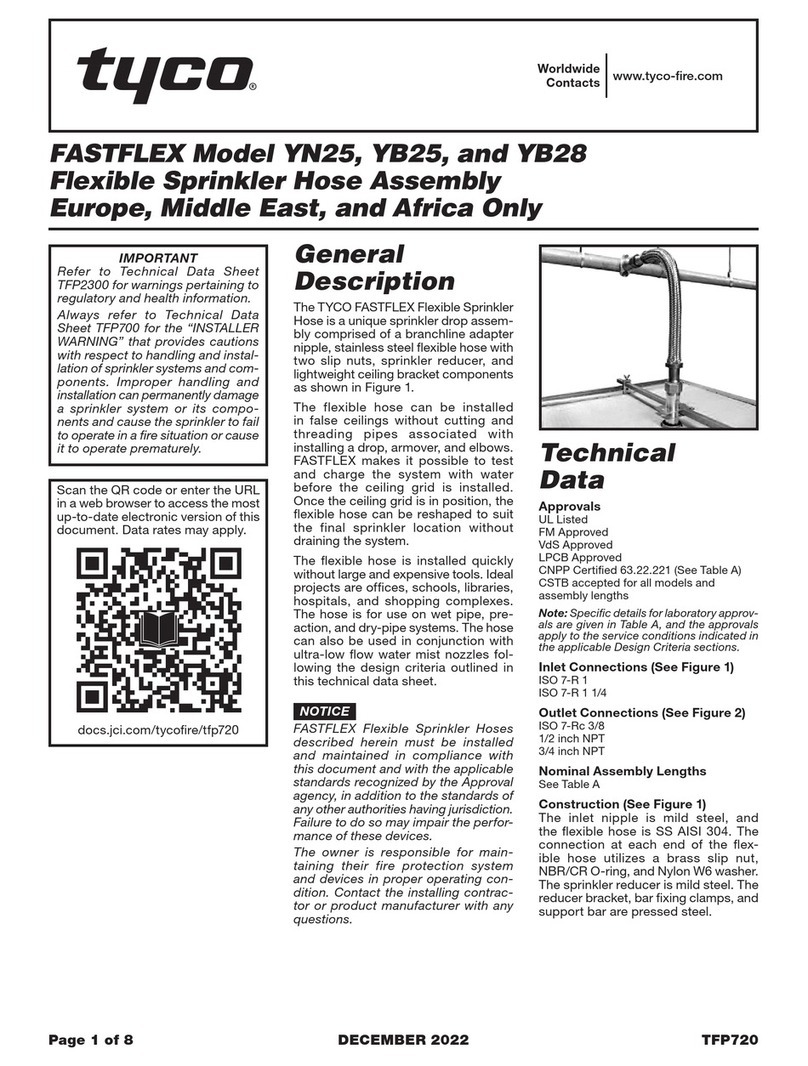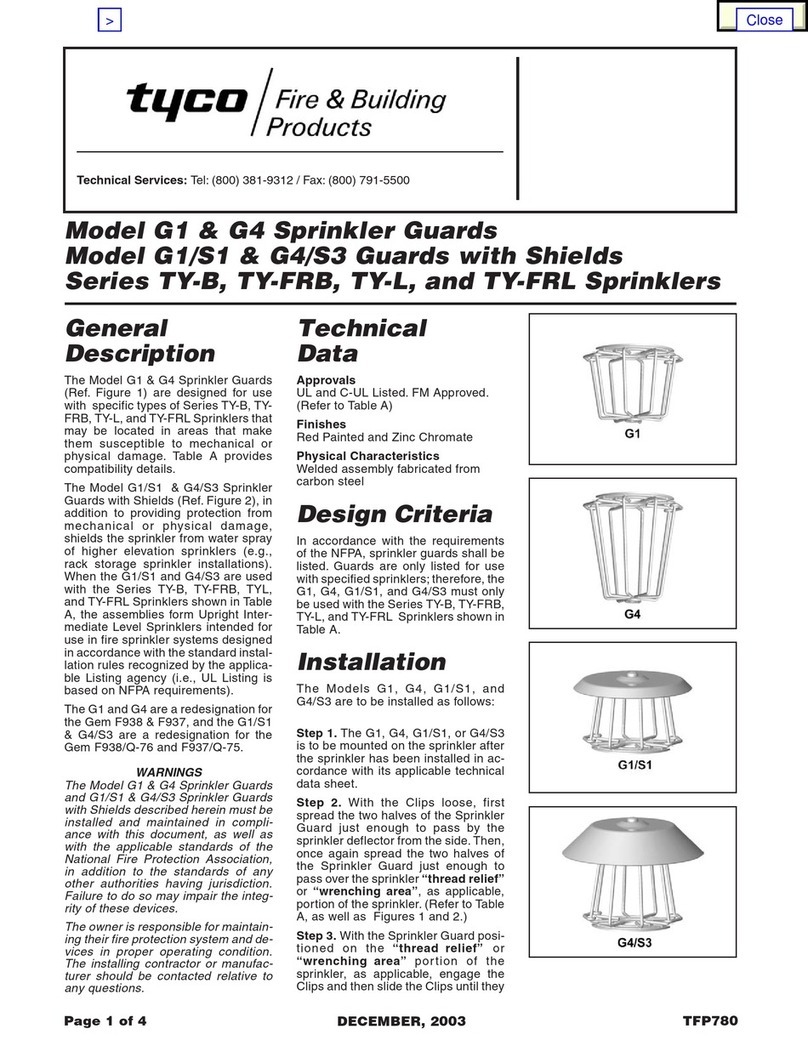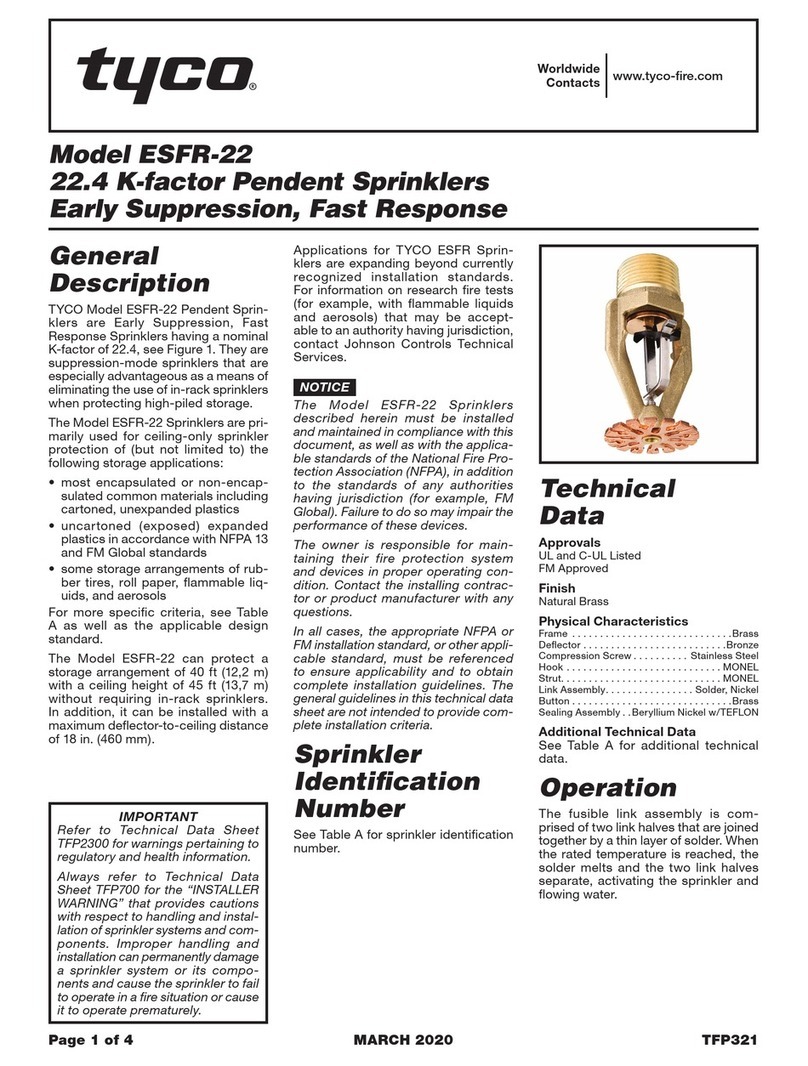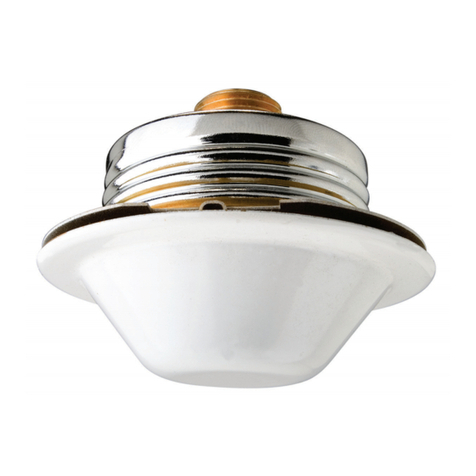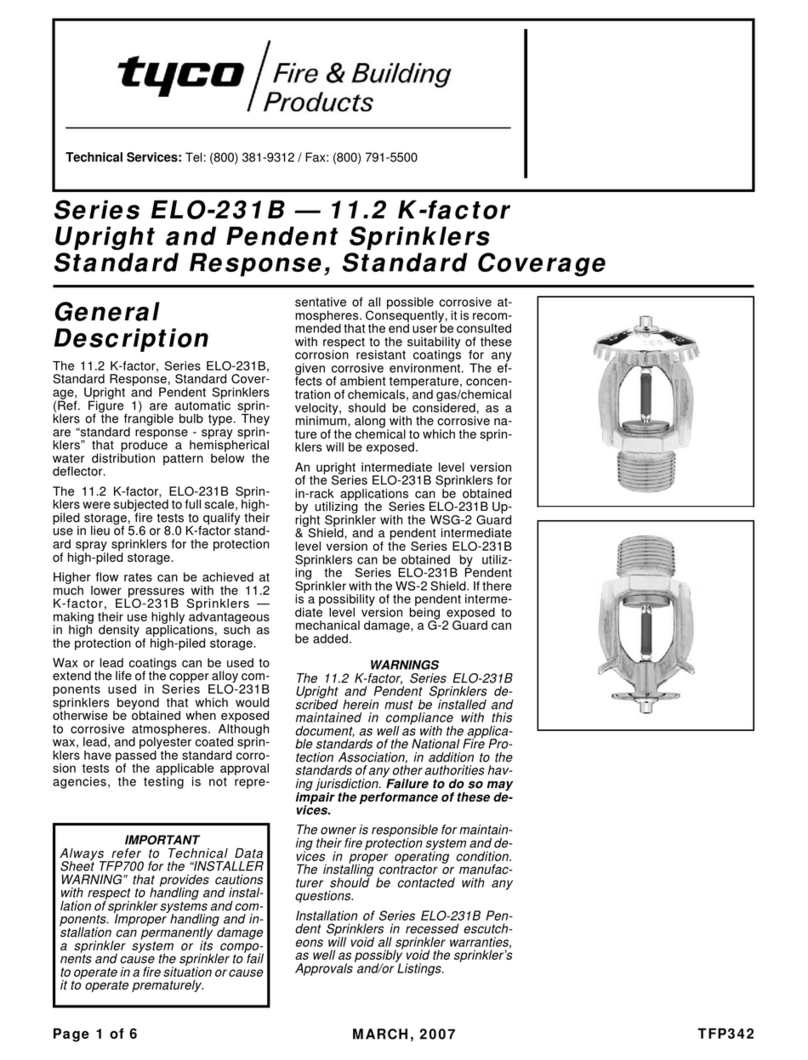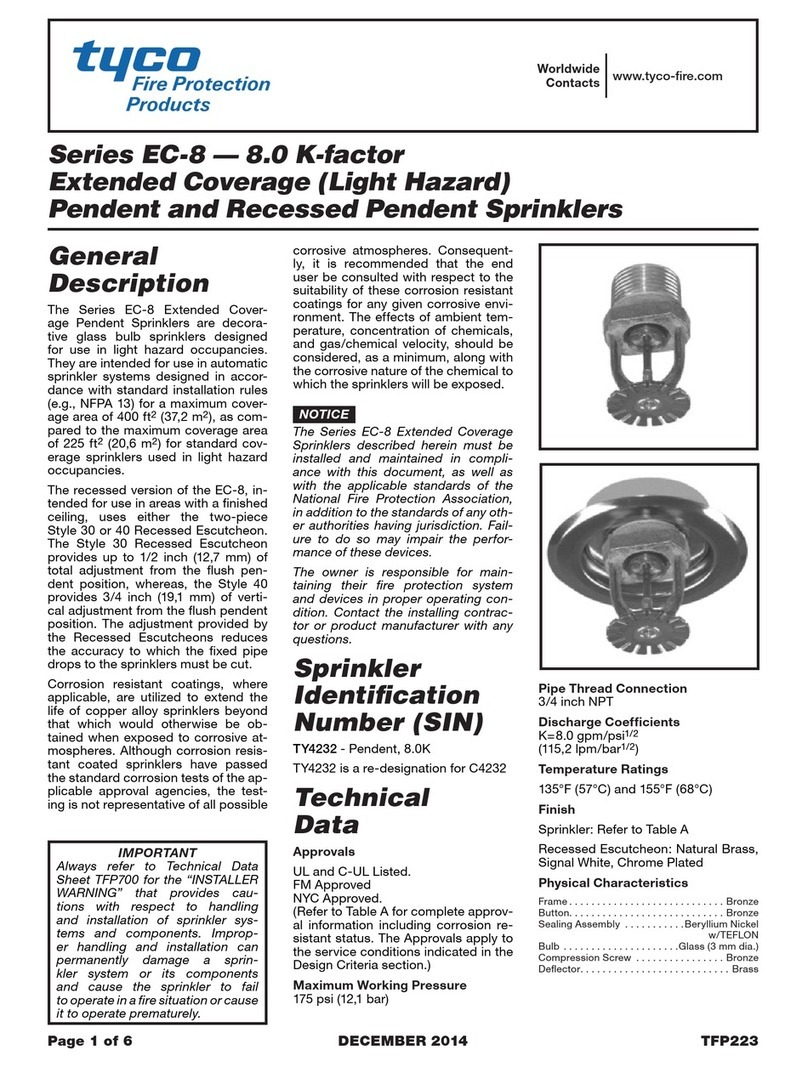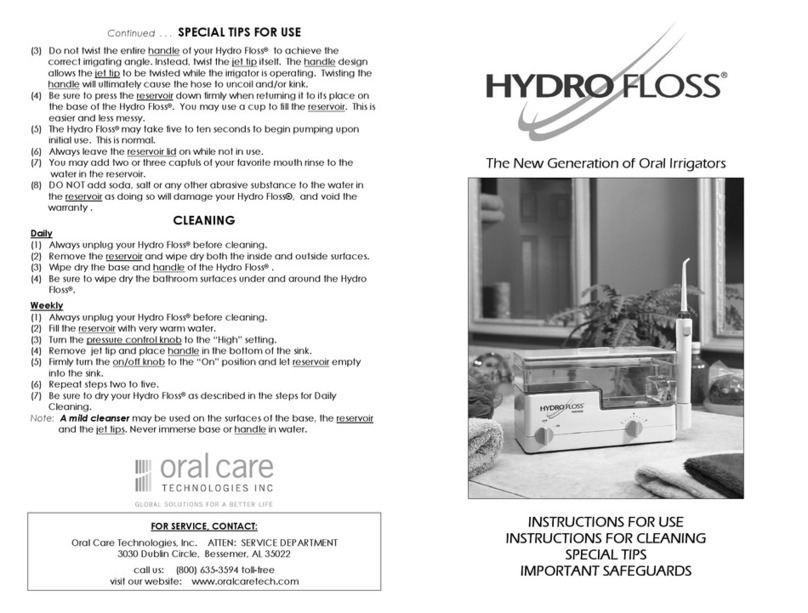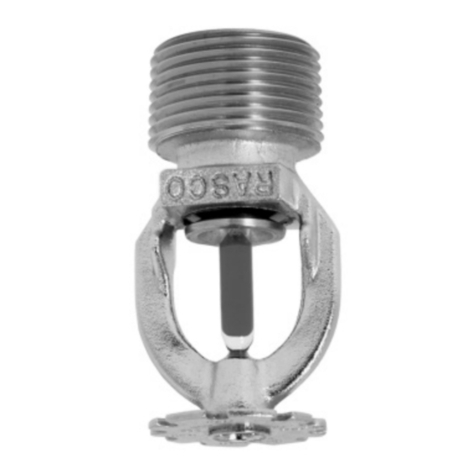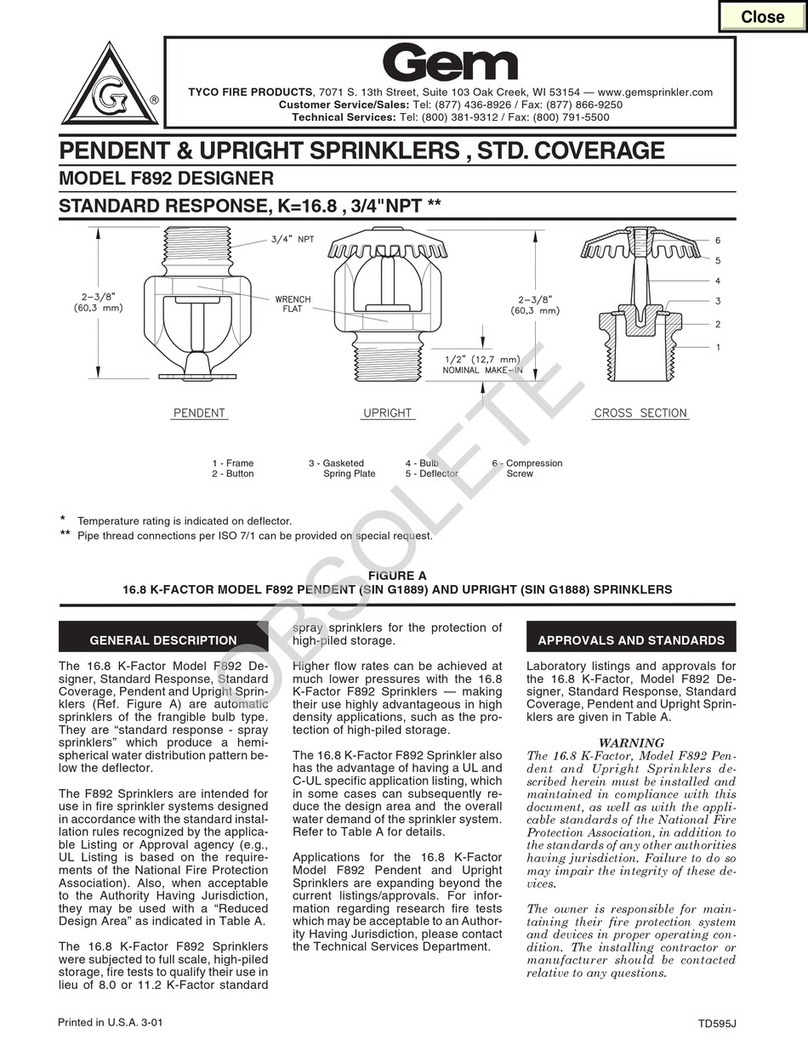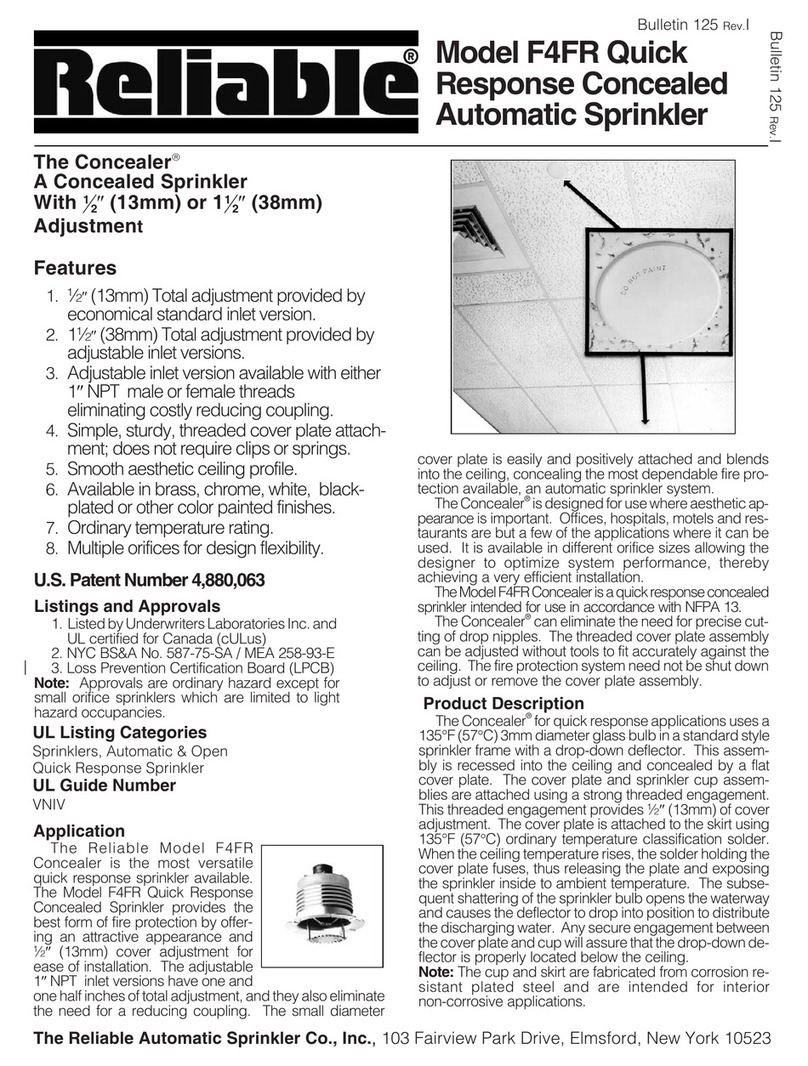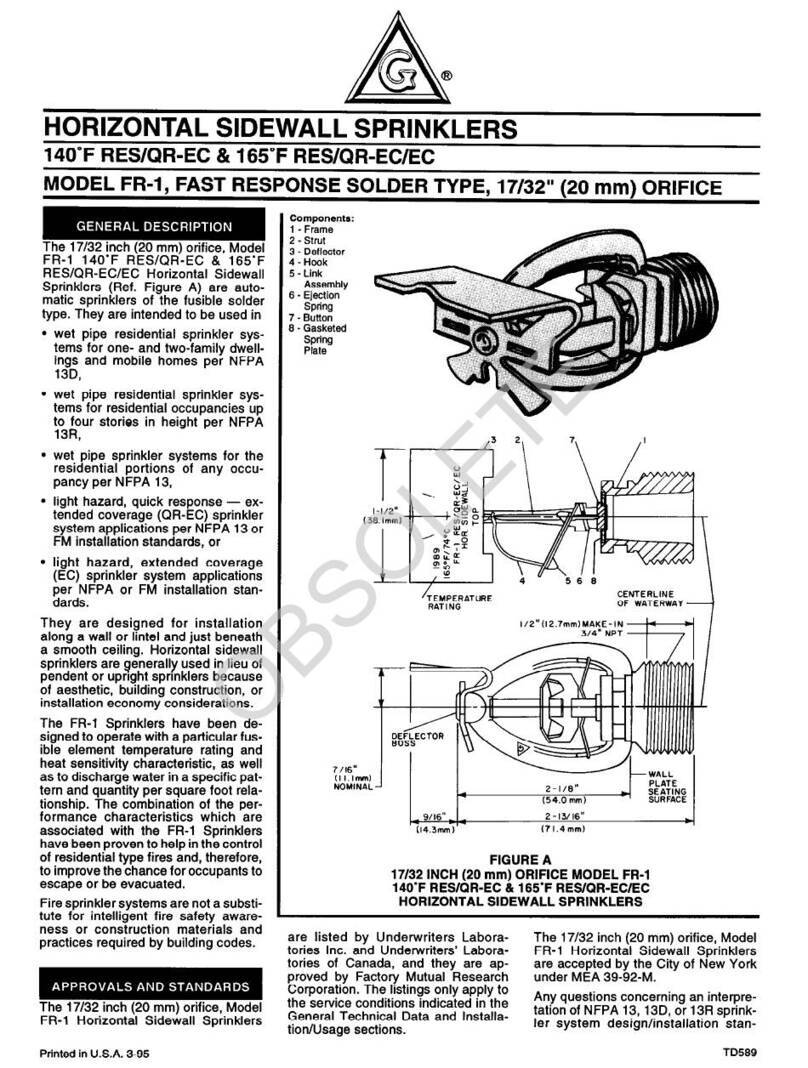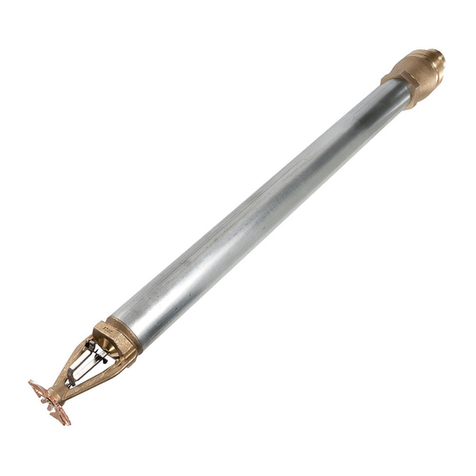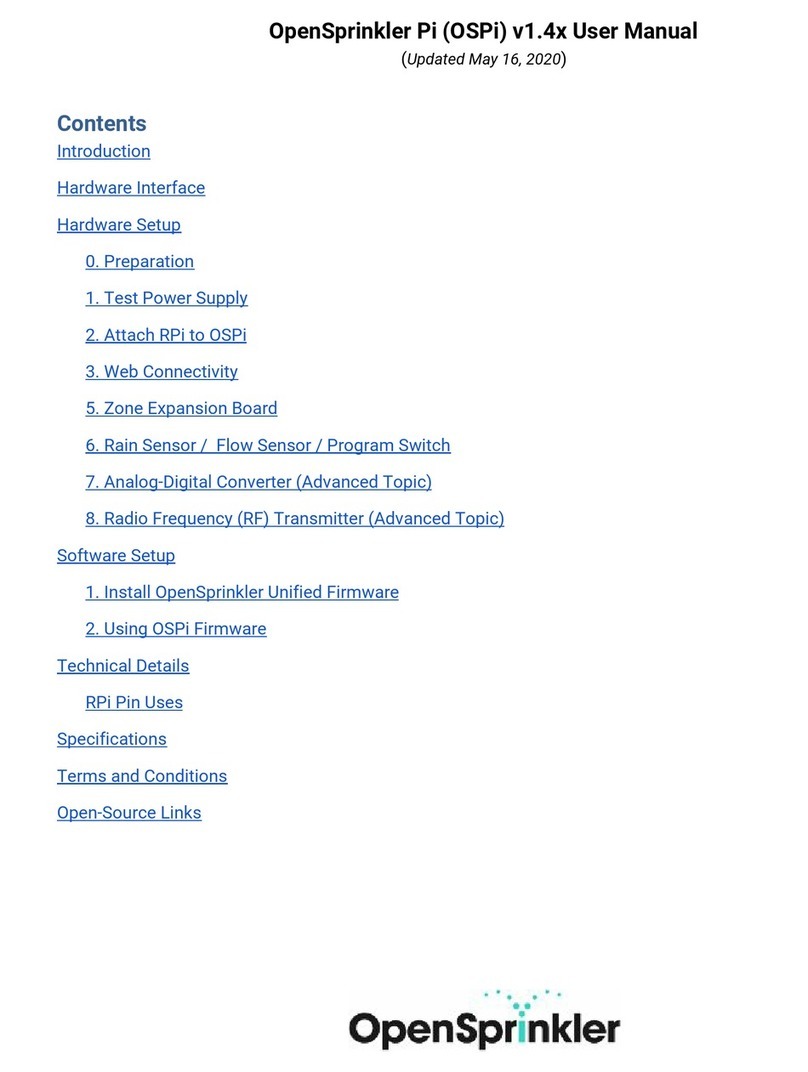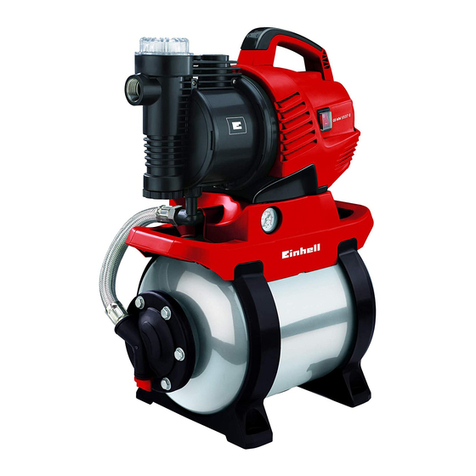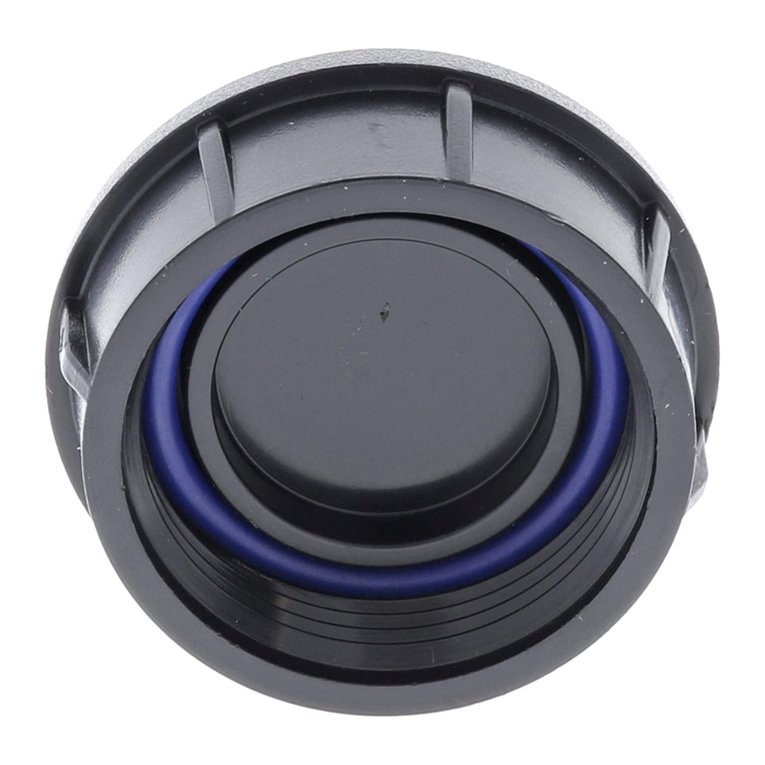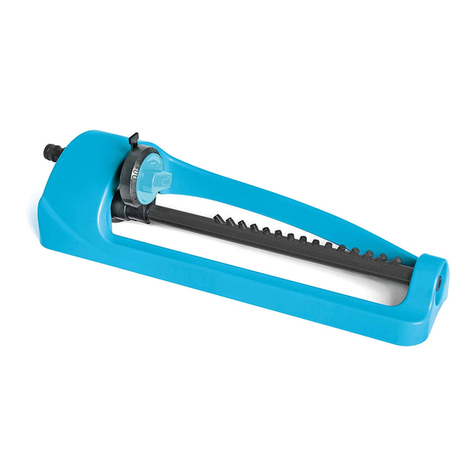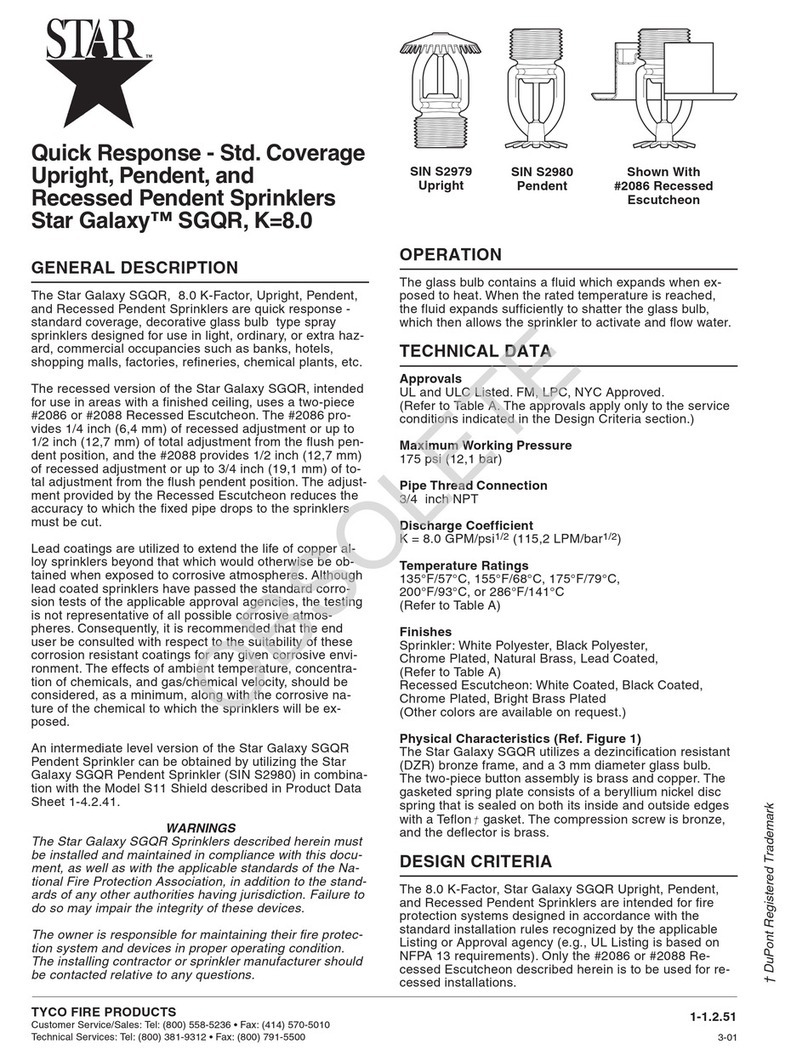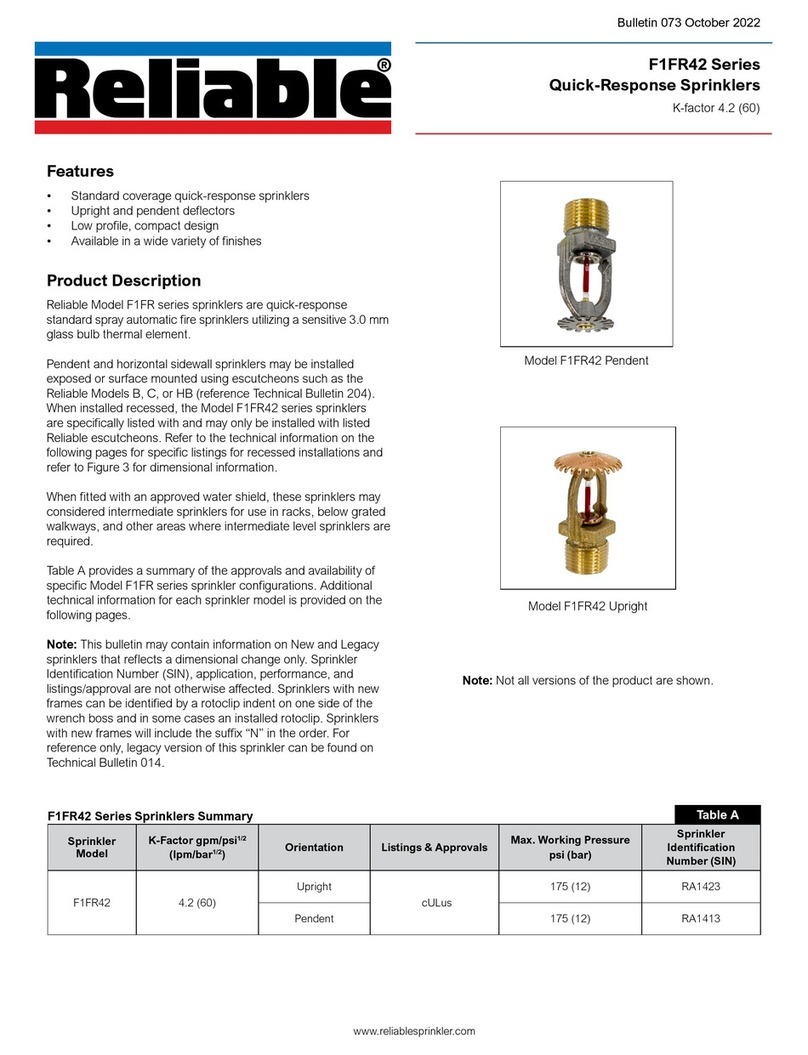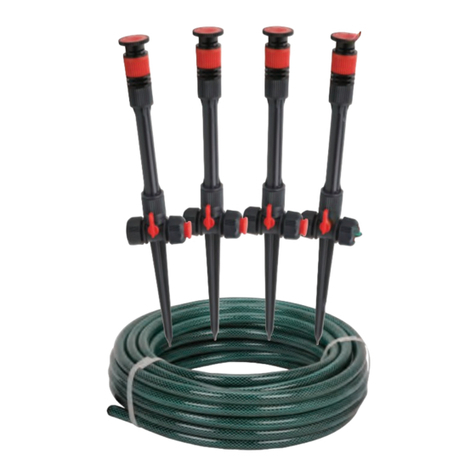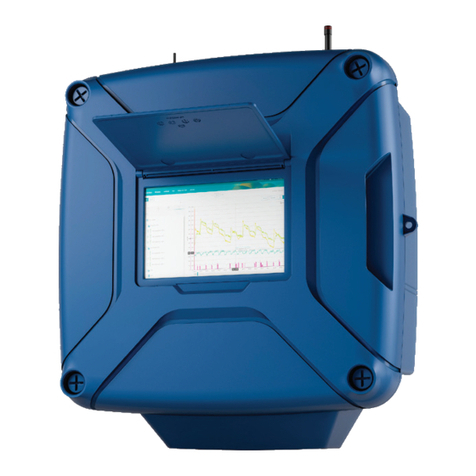
Operation
The glass bulb contains a fluid that
expands when exposed to heat. When
the rated temperature is reached, the
fluid expands sufficiently to shatter the
glass bulb allowing the sprinkler to ac-
tivate and flow water.
Design Criteria
- CPVC Pipe
(Fig. 2 & 3)
Area Of Use:
Horizontal (slope not exceeding 2 in
12) combustible concealed spaces of
•Wood truss construction or bar joist
construction (Fig. 2).
•Non-combustible insulation filled
solid wood or composite wood joist
construction (Fig. 3).
NOTE
In order to be considered “non-com-
bustible insulation filled solid wood or
composite wood joist construction”,
the insulation (including insulation pro-
vided with a combustible vapor bar-
rier), must completely fill the pockets
between the joists to the bottom of the
joists, and the insulation must be se-
cured in place with metal wire netting.
The metal wire netting is intended to
hold the insulation in place should the
insulation become wetted by the op-
eration of the CC1 Sprinklers in the
event of a fire.
Concealed Space Area:
The area of the concealed space is not
limited; however, for both Fig. 2 and
Fig. 3, where CPVC pipe is being util-
ized, draft-curtains or full height walls
must be provided at 1000 ft2(93 m2)
areas. This draft curtain shall be at
least 1/3 the depth of the concealed
space or 8 inches (200 mm), which-
ever is greater, and be constructed
using a material which will not allow
heat to escape through or above the
draft curtain.
Concealed Space Size:
The depth of the concealed space is
36 inches (915 mm) maximum to 12
inches (305 mm) minimum.
System Type:
Light hazard, wet pipe system.
Minimum Distance Between CC1
Sprinklers:
6feet(3,1m).
Minimum spacing does
not apply to any additional sprinklers
required for protection of BlazeMaster
CPVC that is offset over an obstruc-
tion.
Maximum Distance Between CC1
Sprinklers:
10 feet (3,1 m).
Maximum Coverage Area:
100 ft2(9,3 m2).
Deflector Position:
1-1/2 to 4 inches (40 to 100 mm) below
upper deck for wood truss construction
or bar joist construction (Fig. 2).
1-1/2to2inches(40to50mm)below
solid wood or composite wood joists
(Fig. 3).
Minimum Distance Away From
Trusses:
4-1/2 inches (114 mm).
Remote Area:
Theremoteareais1000ft
2(93 m2).
The remote area does not include any
additional sprinklers required for pro-
tection of BlazeMaster CPVC that is
offset over an obstruction.
Required Density:
0.10 gpm/ft2(4,1 mm/min).
Minimum Operating Pressure:
10 psi (0,7 bar).
Obstructions:
All obstruction criteria per NFPA for
standard spray sprinklers apply (Ref.
Figure 8), unless modified by this
Technical Data Sheet.
UL Listed Use Of BlazeMaster CPVC
Piping With Model CC1 Sprinklers:
Only BlazeMaster CPVC product may
be used in concealed spaces requiring
automatic sprinklers, when used in
conjunction with Model CC1 Sprin-
klers. In order to use the BlazeMaster
CPVC product for wood truss or bar
joist construction,the horizontal run of
pipe must be a maximum of 6 inches
(150 mm) above the ceiling or non-
combustible ceiling insulation, or 1/3
the depth of concealed space (as
measured from the top surface of the
ceiling to the bottom of the deck
above), whichever is smaller (Fig. 2).
For insulation filled solid wood or com-
posite wood joist construction, the
horizontal run of pipe must be a maxi-
mum of 6 inches (150 mm) above ceil-
ing or non-combustible ceiling insula-
tion, or 1/3 the depth of concealed
space (as measured from the top sur-
face of the ceiling to the bottom surface
of the joist insulation above), which-
ever is smaller (Fig. 3). The CPVC pip-
ing can then be used to supply the
Model CC1 Sprinklers, as well as the
sprinklers below the ceiling. Unless
modified by this Technical Data Sheet,
all other guidelines of the “BlazeMas-
ter — Installation Instructions & Tech-
nical Manual” must be met. When us-
ing 1 inch (DN25) or larger pipe, a
hanger must be located at the truss
nearest a sprig for purposes of re-
straint. If using 3/4 inch (DN19) piping,
all sprigs over 12 inches (305 mm)
must be laterally braced using meth-
ods described in the NFPA standards.
Where the CPVC must be offset up
and over an obstruction and the pipe
exceeds the allowed horizontal posi-
tioning requirements specified above
as well as shown in Figure 2 and 3,
additional Model CC1 Sprinklers are to
be installed as shown in Figure 2 and
3toprotecttheBlazeMasterCPVC
product.
A minimum lateral distance of 18
inches (460 mm) must be maintained
between the CPVC pipe and heat
pumps, fan motors, and heat lamps.
Page2of8 TFP630
FIGURE 1
MODEL CC1 SPRINKLER
CROSS
SECTION
-
1Frame
Button
Sealing
Deflector
Bulb
Compression
Assembly
Screw
-
6
-
3
5
4
-
2
-
-
2
1
3
4
Components: 5
6
FRAME
THREAD
1/2" NPT
RELIEF
FLATS
WRENCH
ARMS
FRONT
ELEVATION
7/16" (11,1 mm)
NOMINAL MAKE-IN
SPRINKLER
(27,0 mm)
1-1
16"
2-1/4"
(57,2 mm)

